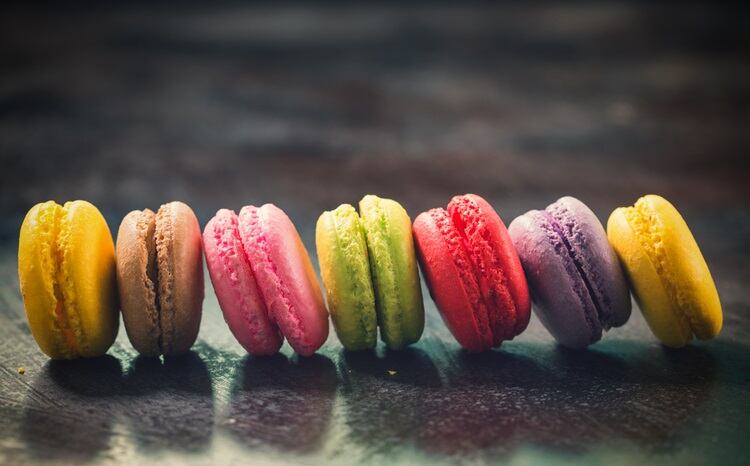The legacy of COVID - not surprisingly - is the emphasis that consumers have placed on their health.
“Consumers have become more proactive in enhancing their health for the long term,” said Kate Kehoe, a marketing executive at FMCG Gurus.
“Our consumer insights show that 60% of global consumers stated that since the pandemic, they are more conscious about the importance of preventing health problems and leading a healthy lifestyle.”
As a result, consumers are increasingly turning to snacks to enhance their health.
“This includes products that contain functional ingredients. Our findings reveal that 37% of global consumers answered ‘yes’ to typically snacking on protein bars. This indicates that consumers are both altering their dietary habits and lifestyles to improve and maintain their long-term health.”
What, where and when

According to the market researcher, 82% of snackers claim to typically snack on fruit, followed by 71% who like to dig into a pot of yoghurt.
Other popular snacks include potato chips, biscuits, dried fruit, chocolate and confectionery.
“Our findings illustrate that consumers are seeking out better-for-you products, such as fruits and yogurt, which offer both taste and nutritional benefits for consumers. On the other hand, the popularity of chocolate and crisps highlight that many consumers still snack as an indulgent treat.”
The consumption of certain snacks has increased, said Kehoe.
“Our findings demonstrate that in 2019, 71% of global consumers said they typically snack on fruit, while by 2021 this increased to 82% of global consumers,” she added.
“In addition, consumers snacking on yoghurt and crisps also significantly increased.
“This reveals that consumer snacking habits are continuing to increase in the majority of categories.”
FMCG Gurus also dug deeper to find out the most common times of day that consumers will turn to a snack.
“Our findings reveal that 63% snack in the afternoon, making it the most popular snacking time in the day,” said Kehoe.
“This highlights that between lunch and dinner, consumers are most likely to snack, while in the evening after dinnertime, consumers snack significantly less.”
Conveniently nutritious

Never, ever, should brands compromise on taste – not matter how healthy they want their product to be.
When asked what they considered as a snack, 67% of consumers told FMCG Gurus they view it as a nutritional boost, while 69% describe it as a moment of indulgence.
“This highlights that there is a notable proportion of consumers who see snacking as an indulgent treat and something that is conveniently healthy, without compromising on flavour.”
Functional ingredients like vitamin C and probiotics are trendy, but still riding the popularity wave is protein, with 33% of global consumers often grabbing a snack as a protein boost.
This has increased over the past 12 months by 19%, said Kehoe, which again, “highlights that snacking has become interlinked with health benefits for many consumers.
“In addition, this increase also suggests that consumers have become more attentive to the ingredients lists and are seeking out snacks with streamlined lists and health claims.
“This highlights the opportunity for brands to specifically tailor products – like being high in protein and sporting other benefits such as immune support claims. In addition, it’s an opportunity to offer high protein benefits in categories like smoothies and yoghurts, which are not yet widely associated with being high in protein.”





